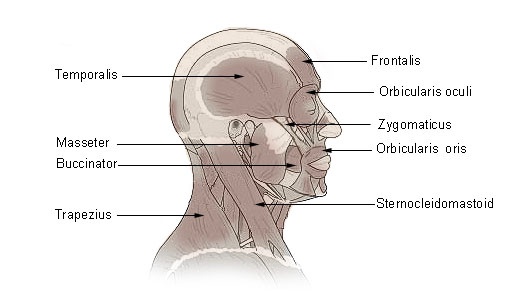Breath and Breathing
“There’s another word for ‘breathing.’ It’s inspiration, from the Italian ‘inspirare.’ To inspire means to inhale the air around you. I think Picasso’s idea that inspiration comes from everywhere and everything tells it all, so pay attention to the way you breath. Make sure it’s inspired!”
– Joy Sikorski
Breathing Basics
Controlled Breathing – everything depends on how you breathe, how you control your breathing and how you use your diaphragm, intercostal and abdominal muscles. The most important thing has to do with slowly letting out a steady but small stream of air.
The most important muscle used in breathing is the diaphragm. If you learn where your diaphragm is, how it works and how to control it, you will be able to control your breathing.
Certain breathing exercises will help you to get the most power out of your breath by building the strength of your diaphragm. Try this one:
Joy’s Slow Leaky Tire
- Pick out a point in front of that is level with your eyes and use it as a focus point
- Inhale deeply and fill your lungs with air, being careful to keep your shoulders down and relaxed
- Don’t breathe in and then hold your breathe. Just breathe in deeply and as you slowly exhale, purse your lips (like you’re making ‘fish lips’) and release the breath slowly through your upper two front teeth
- You should hear a ‘hissing’ sound, like the air slowly leaking out of a tire
- Let your breath ‘leak’ out slowly like this, still making the hiss sound, for as long as possible
- Keep your cheeks lifted high, as though you are smiling because you have a wonderful secret that you cannot tell to anyone
- Your posture is important while doing this breathing exercise, so make sure your chest and shoulders don’t heave up and down and that you don’t collapse forward or bend over
- You might get a little light-headed when you first start doing this, so take it easy at first
- Remember to listen to your breath as you release it and pay attention to how your lungs collapse as your diaphragm collapses too
- Time yourself with a second-hand watch or clock and try to increase how long it takes you to exhale each time


Hi Joy!
I am new to your site and am looking forward to all the great information you have here.
My question has to do with the slow leaky tire exercise. What is the reason behind “keeping
the cheeks lifted high,as though you are smiling because you have a wonderful secret that
you cannot tell to anyone?”
Welcome Carolyn!
You question is an excellent one.
The answer can get quite complicated (academically speaking), but I love to break things down into simple language.
Basically, in order to get a good full tone without a lot of strain and effort, it’s important to have what most voice teachers call an “open throat.” Throat, in this case, means the area not only at the back of your tongue, but also the area above your tongue, where the soft palate is. The sound coming from the vocal cords has a small space to get through in order for the sound waves to get up into the sinus cavities or even out of you mouth, for that matter!
The sound needs to get up into the sinus cavities in order to resonate, which means to resound. I explain more about resonance in this article, so I won’t repeat myself here.
The important part to understand is that there are a number of muscles involved in helping to keep the throat “open” and I don’t want go into detail about that. Instead, I am enclosing a picture to help you envision it a little bit.

There is more to all this, but the long and short of it is that it is easier for me to say, “use your smile muscles” or “lift your cheeks,” and other phrases to begin helping someone to use the muscles that will help them to get a more open throat and therefore better resonance.
Everything needs to be done to make singing as effortless as possible so that there is no strain on the vocal cords themselves.
Your smile muscles are also used to shape the “tunnel” through the sound needs to travel in order to project outward. They just make everything easier for you when you sing.
I hope that answers your question. Like I said, there is much more, but I don’t want to scare you off! 🙂
I’d love to hear what you think.
Joy
You must log in to post a comment. Log in now.